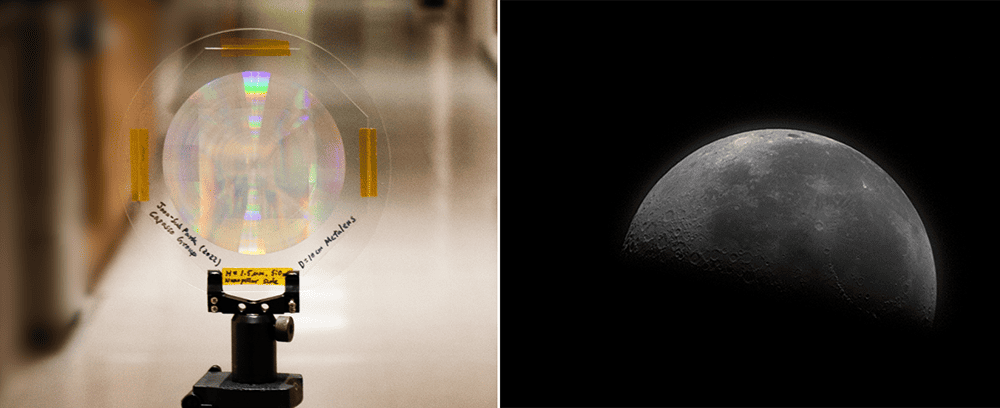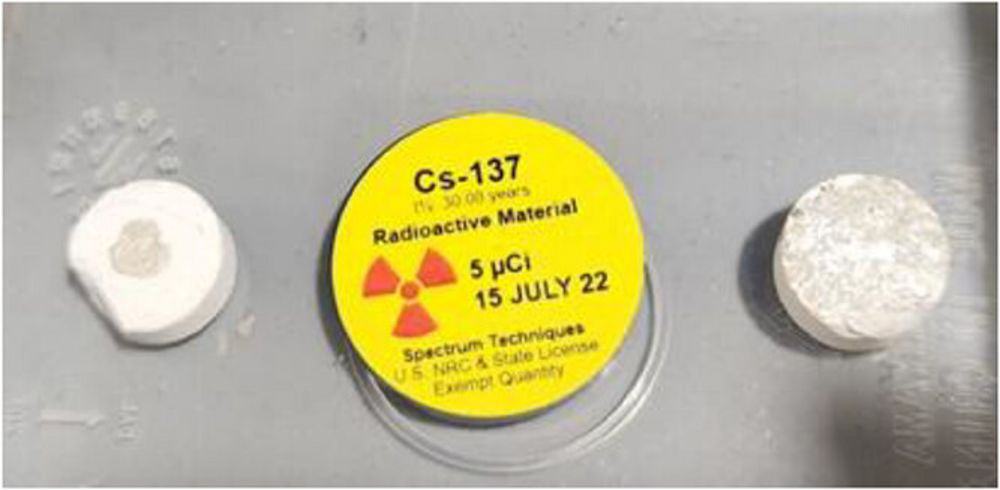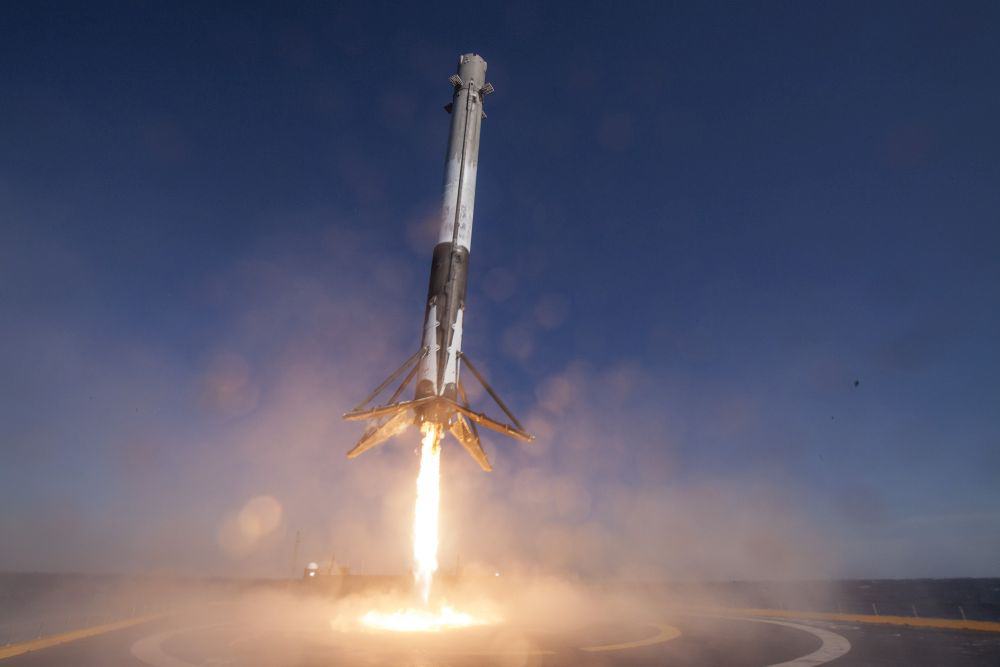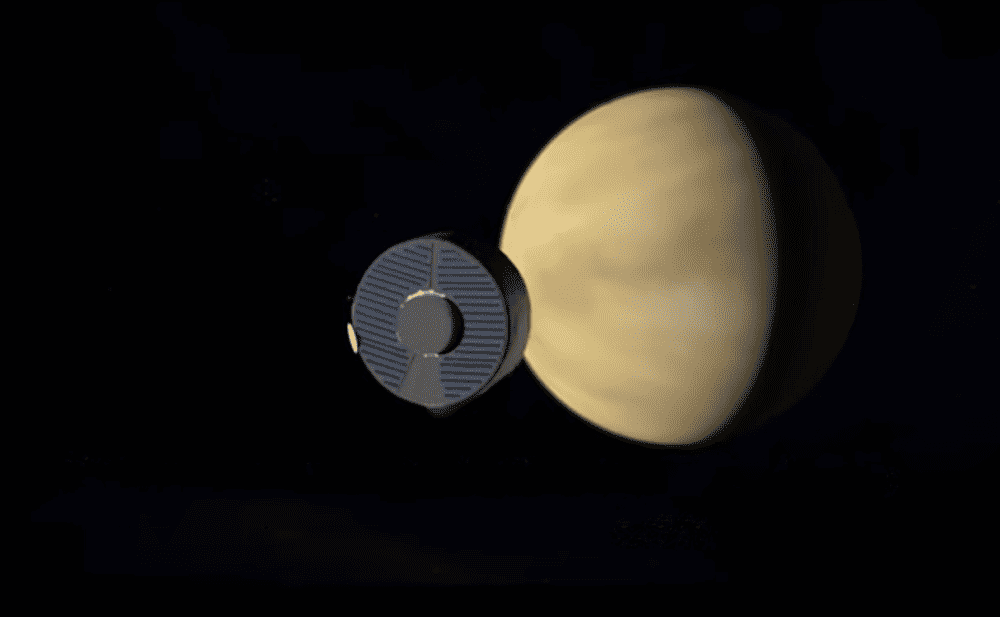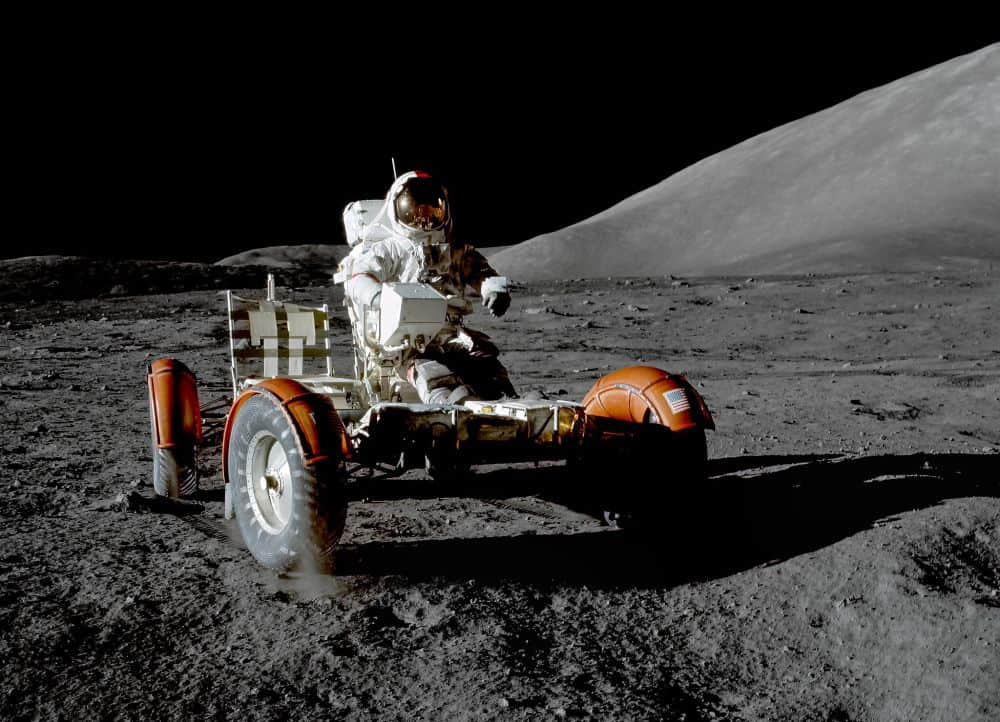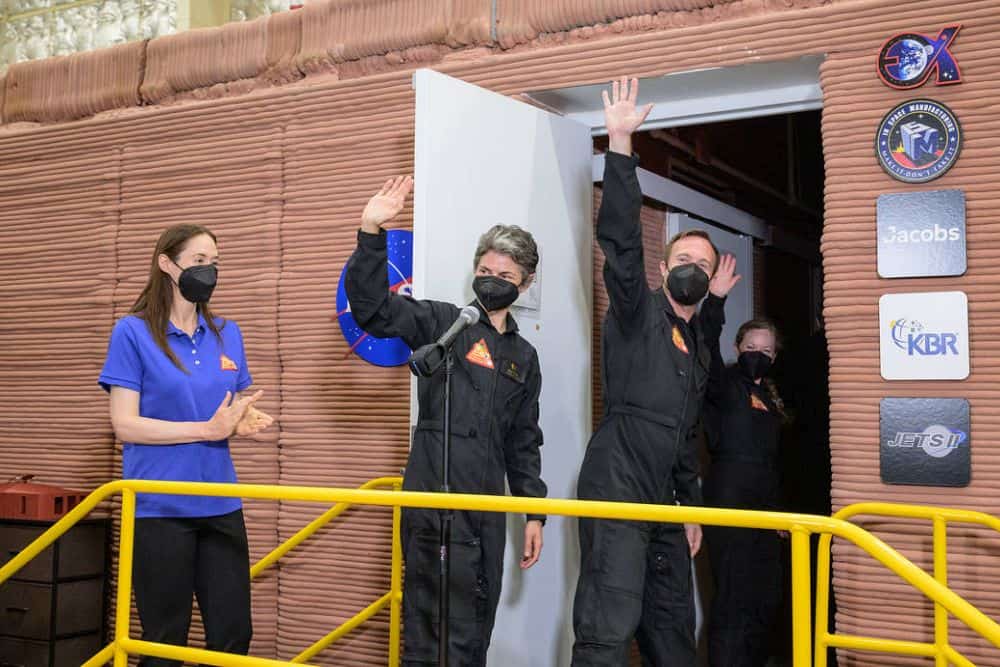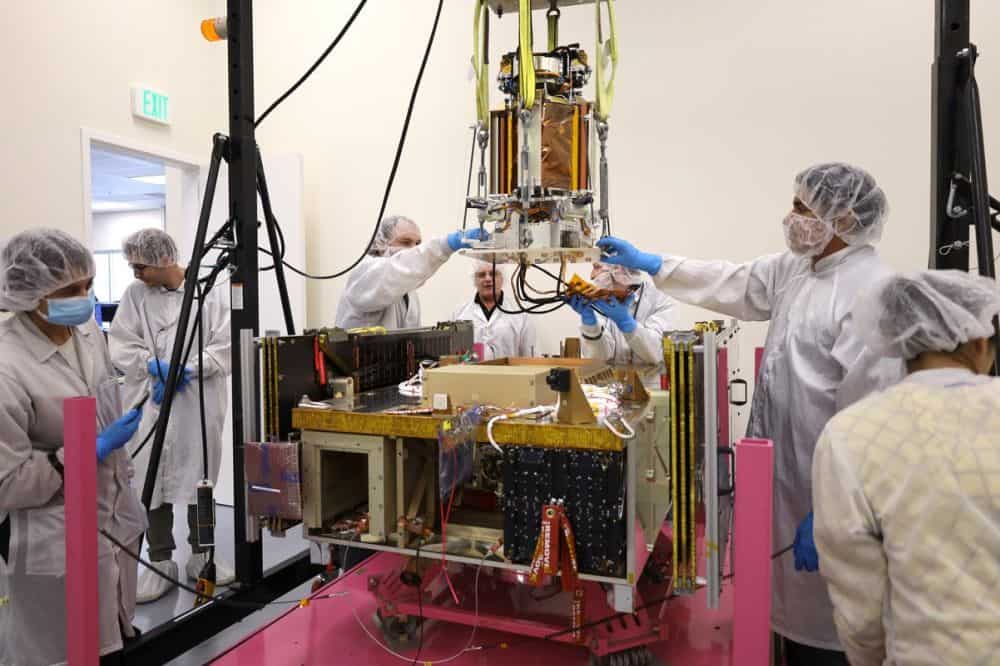Exposure to high-energy radiation is a main health concern for future human space travel. Researchers at the University of Maryland, Baltimore County investigated the effects of high-energy radiation on hydroxyapatite, an important bone material.
Read MoreResearch on ultrahigh-temperature ceramics (UHTCs) for hypersonic and space vehicle applications is gaining increased attention and funding. This CTT summarizes an open-access review paper on the measurement and enhancement of UHTCs coatings for radiation-cooled thermal protective systems.
Read MoreUltrahigh-temperature ceramics (UHTCs) are a promising class of materials for next-generation aerospace technologies. Several ACerS members just published a review paper on UHTCs, describing their properties and overviewing traditional and novel manufacturing methods to synthesis these emerging materials.
Read MoreSilicon carbide electronics are expected to play a role in future space missions to hot celestial bodies, such as Venus and the sun. A new study by researchers at NASA Glenn Research Center investigated the electrical properties of several ceramic and glass packaging materials to determine which would best protect silicon carbide electronics at temperatures of more than 800°C.
Read MoreDust mitigation is a priority for space agencies to prevent damage to equipment during surface missions on the moon, Mars, and other celestial bodies. Researchers from the University of Nebraska-Lincoln and NASA Langley Research Center used laser ablation to pattern two ceramics with hydrophobic surfaces, which led to a reduction in the adhesion of simulated lunar dust.
Read MoreTo celebrate the milestone of the 20th volume of the International Journal of Applied Ceramic Technology, the editorial team assembled a selection of journal papers representing the excellent work from the advanced ceramics community. The focus this month is thermal and environmental barrier coatings.
Read MoreThe idea of harvesting solar energy in outer space and beaming it back to Earth is a science-fiction concept that in recent decades gained real-world legs. Now, the California Institute of Technology announced that an experiment through its ongoing Space Solar Power Project beamed solar energy collected in space back to Earth for the first time.
Read More
